International
Green tech fights for limelight at CES gadget fest
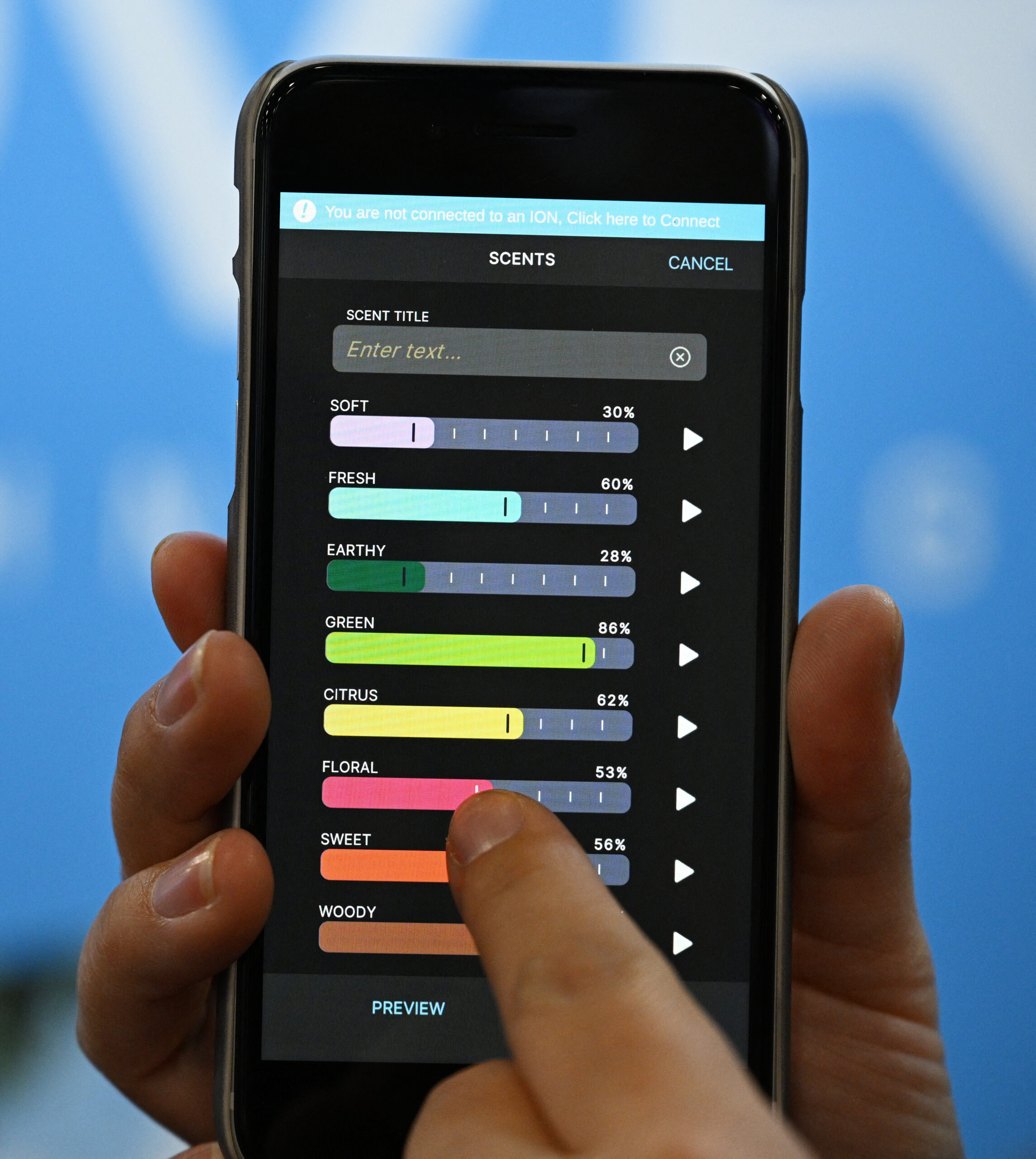
January 7th | By AFP | Glenn Chapman |
At the CES tech megashow in Las Vegas, it is unusual to see an entrepreneur hold up a plant and present it as the latest breakthrough in consumer technology.
But for NeoPlants co-founder Patrick Torbey, the gathering held annually just after the new year should not be thought of as “only about machine technology and electronics.”
“It’s also about natural technology that we can leverage using these really cool engineering techniques,” Torbey told AFP.
NeoPlants, a Paris-based startup, was showing off a bioengineered plant capable of purifying indoor air of toxic pollutants “by doing the work of 30 regular houseplants,” according to its website.
Technology geared towards helping the environment has steadily increased in number at CES since the Sin City expo began fifty years ago.
But observers often doubt the seriousness of the consumer tech industry’s commitment to protect the environment, with all the real excitement focused on smart TVs and robots instead of the more complicated and less profitable project of saving the planet.
“Until it really, really matters for consumers, it’s just going to kind of be this trend that’s over here on the side,” said Ben Arnold, research firm NPD’s consumer electronics analyst.
“As somebody who studies the market, I’m just not seeing yet where (environmental-minded tech) makes a difference in terms of units and dollars,” he added.
Ran Roth, the head of tech company Sensibo, agreed that successful devices were the ones that made financial sense and believed his products did just that.
Roth’s devices use artificial intelligence and sensors to better manage air conditioning, an important concern in the often blistering heat of Israel, where his company is based.
Sensibo’s sensors measure humidity and temperature, and use software that learns a user’s habits, thereby saving energy and money.
Roth said new technology should have a “path to profitability” if it is going to thrive, a recurrent shortcoming of so called green tech that so often fails to be bankable.
“What is good about smart thermostats is that they are readily available and they offer the highest return on investment,” said Roth, who called air conditioning a “human right.”
‘What matters’
But as the climate emergency worsens, industry observers said major tech companies were under more pressure to commit to sustainability goals.
“We have seen the public naming and shaming of organizations who indulged in greenwashing over the past year,” said Abhijit Sunil of Forrester Research.
“So a lot of organizations are kind of careful in what they mention as their sustainability initiatives and they are now as transparent as possible,” he said.
Sunil said that the real advances on the environment were to be seen in the industrial sector, agreeing that the consumer gadget business may be a step behind when it came to doubling down on going green.
Product design, manufacturing and packaging with an eye on a company’s waste and carbon footprint were the low hanging fruits when it came to environment technology, he said.
One such company, ACWA Robotics, won plaudits at CES for a robot dedicated to the detection and prevention of water leaks in underground pipes.
In France, where the startup is located, 20 percent of drinking water is estimated to be lost due to leaky pipes.
Fighting for the environment “is the challenge of a century,” ACWA Robotics engineer Elise Lengrand told AFP.
“I mean sure it’s really cool to make big TVs and stuff, but this is really what matters,” she said.
International
Rubio rules out 2028 presidential bid if Vance runs
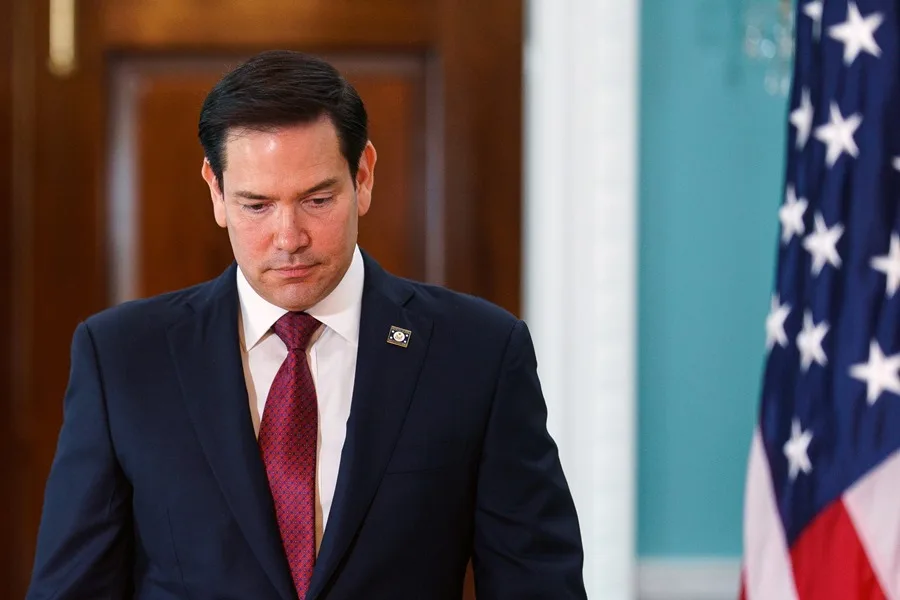
U.S. Secretary of State Marco Rubio said he would not seek the presidency in 2028 if current Vice President JD Vancedecides to run as the Republican nominee to succeed President Donald Trump.
“If JD Vance runs for president, he will be our candidate, and I will be one of the first people to support him,” Rubio said in an interview with Vanity Fair, in which he appeared alongside other senior members of the presidential cabinet.
Rubio, 54, and Vance, 41, are widely viewed as two of the leading Republican figures who could headline the party’s ticket in the 2028 election. Under the U.S. Constitution, Trump is barred from seeking another term after completing two presidential mandates.
In a lighthearted moment during the interview, Vance jokingly offered photographers $1,000 if they managed to make him look better than Rubio in the photos. Both leaders have received public backing from Trump, who last October floated the idea of a joint ticket featuring Rubio and Vance, without clarifying who would lead it.
“I think that if they ever teamed up, they would be unstoppable. I don’t think anyone would run against us,” Trump said at the time.
White House Chief of Staff Susie Wiles, who also took part in the interview, confirmed that Trump does not intend to violate the 22nd Amendment, which prohibits a third presidential term, though she acknowledged that the president is “having fun” with speculation about a possible return to office.
Rubio, the son of Cuban immigrants, served as a Republican senator from 2010 to 2025. He sought the party’s presidential nomination in 2016 but was defeated by Trump after a bruising primary contest. His name was floated as a potential vice presidential pick in 2024, but Vance ultimately secured the spot. After taking office, Trump appointed Rubio as secretary of state, making him the first Latino to hold the position.
International
Authorities search for armed and dangerous suspect in fatal Brown University attack
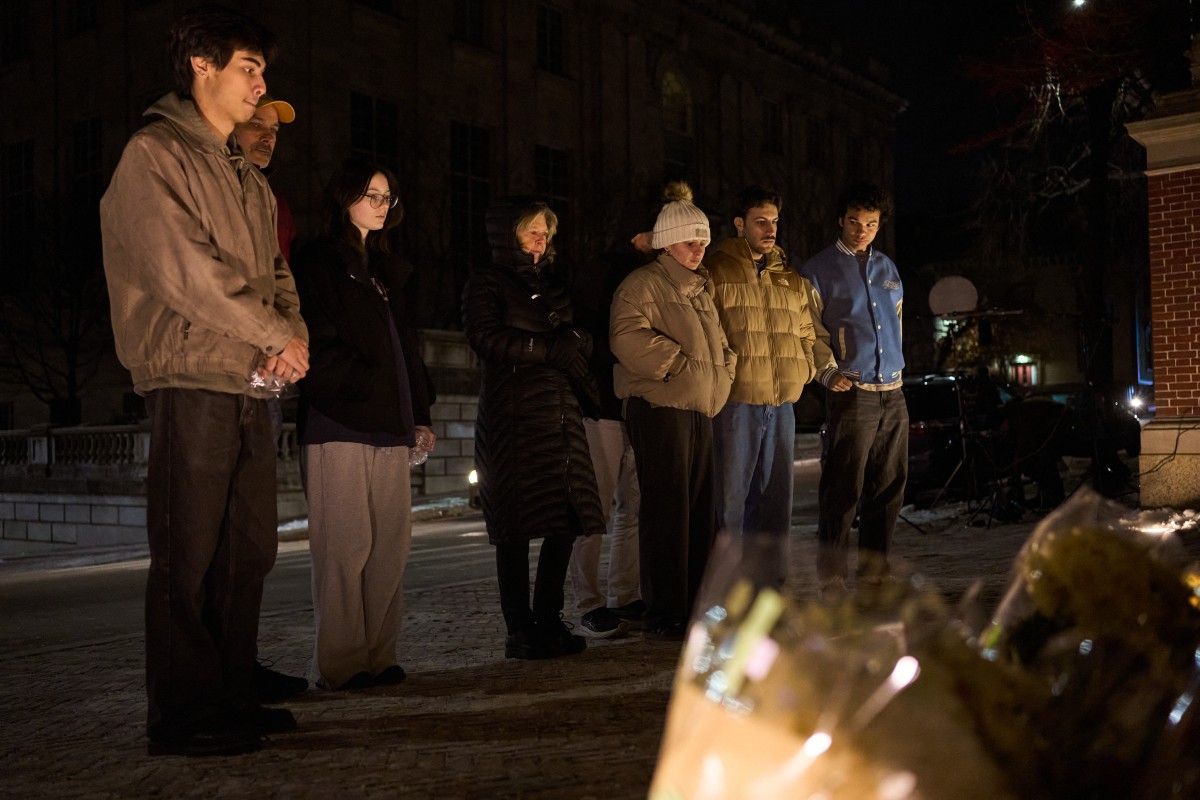
According to the statement, investigators are “seeking the public’s help to identify and speak with an individual” who was seen “near” the suspect at the time of the attack.
The Providence Police Department in Rhode Island released three photos of the person of interest, whose face has been blurred. In the images, the individual is wearing navy blue clothing, what appears to be a green hood, and carrying a light-colored backpack.
Earlier, authorities had released several photos and videos of a suspect described as “approximately 5 feet 8 inches tall, with a stocky build,” dressed in dark clothing, with their face covered by a surgical mask and wearing a beanie. The suspect’s identity remains unknown.
Authorities are offering a $50,000 reward for any information leading to the identification, arrest, and conviction of the person responsible for the killings, who is considered armed and dangerous.
The gunman opened fire on Saturday at Brown University’s engineering and physics building, where exams were being held, killing students Ella Cook and Mukhammad Aziz Umurzokov. The names of the nine people injured have not been released.
International
Police investigate deaths of Rob Reiner and wife as apparent homicide
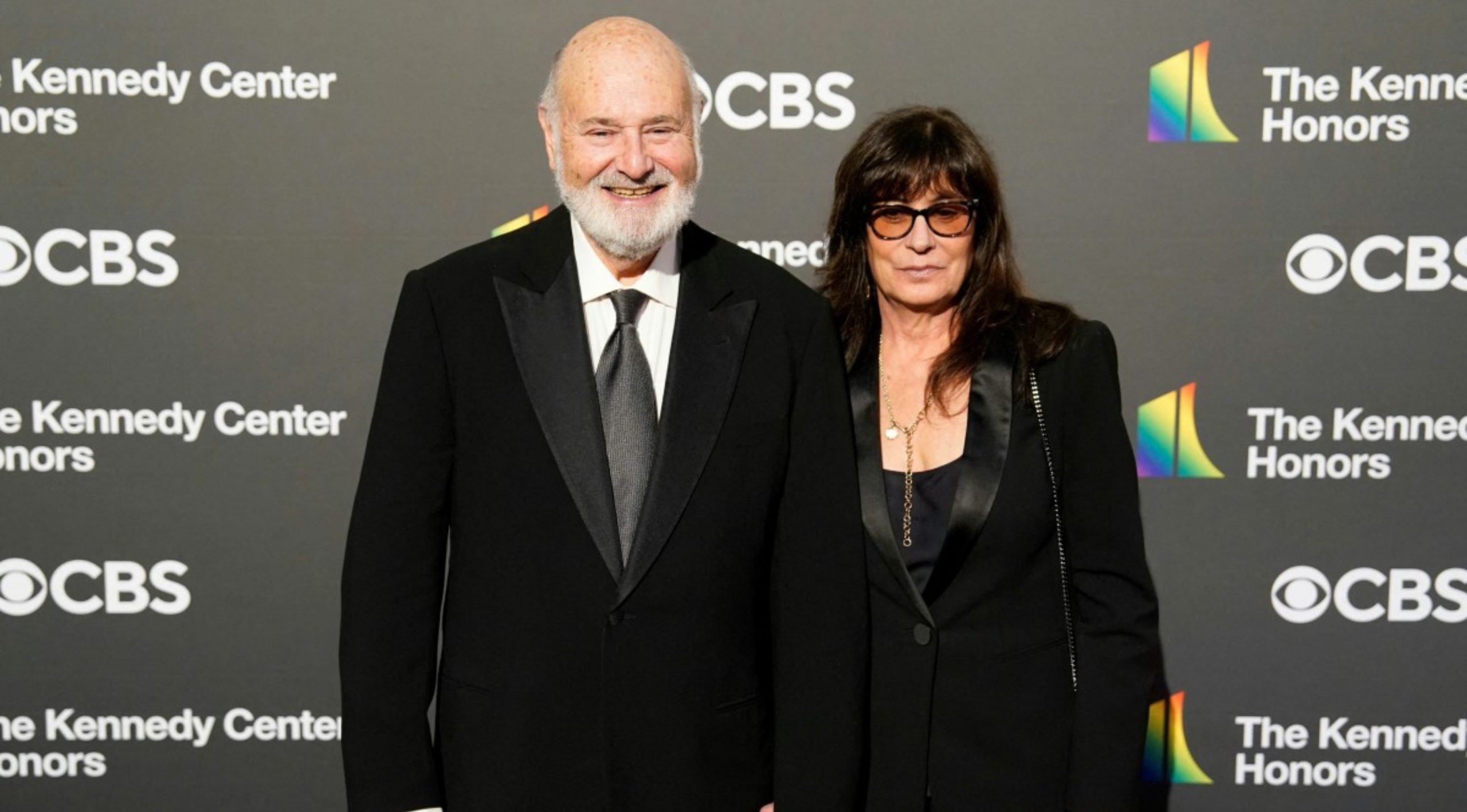
The Los Angeles Police Department (LAPD) is investigating the deaths of Hollywood actor and filmmaker Rob Reinerand his wife as an “apparent homicide,” amid a wave of tributes to the director of classics such as When Harry Met Sally.
According to U.S. media reports on Sunday, Rob Reiner and Michele Singer Reiner were found dead at their Los Angeles mansion with what appeared to be stab wounds.
Several political figures shared messages of condolence following the reported deaths of the director of A Few Good Menand his wife.
While the LAPD did not officially confirm the identities of the victims, it stated that homicide detectives were dispatched to the Reiner residence.
“At this time, no additional details are available and the investigation into an apparent homicide is ongoing,” the Los Angeles Police Department said in a statement posted on social media.
LAPD Deputy Chief Alan Hamilton told reporters that no arrests have been made and that no individuals are currently being questioned as suspects.
“I’m not going to confirm whether anyone is being questioned at this moment or not. We are going to try to speak with as many family members as we can,” Hamilton said.
CNN reported that a family spokesperson confirmed the deaths of Reiner and his wife.
California Governor Gavin Newsom, former U.S. President Barack Obama, and former Vice President Kamala Harrisissued statements expressing their condolences.
-
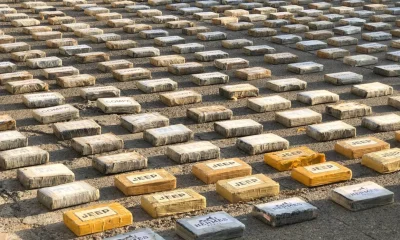
 Central America3 days ago
Central America3 days agoPanama seizes over three tons of drugs hidden in Caribbean port container
-

 International3 days ago
International3 days agoPolice investigate deaths of Rob Reiner and wife as apparent homicide
-

 International5 days ago
International5 days agoSeveral people shot in attack on Brown University campus
-

 Central America3 days ago
Central America3 days agoOAS urges swift recount in Honduras as election results remain uncertain
-

 Central America2 days ago
Central America2 days agoBukele says AI partnership with xAI will transform public education in El Salvador
-

 Central America2 days ago
Central America2 days agoEl Salvador ranks among top countries in the Americas in fight against organized crime
-
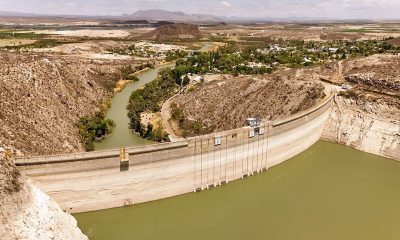
 International4 days ago
International4 days agoU.S. and Mexico Reach Deal to Address Water Deficit Under 1944 Treaty
-
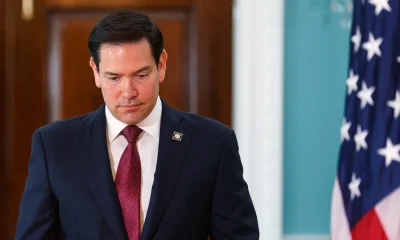
 International15 hours ago
International15 hours agoRubio rules out 2028 presidential bid if Vance runs
-

 Central America15 hours ago
Central America15 hours agoArrests and clashes in Tegucigalpa as vote count continues after Honduras election
-

 International15 hours ago
International15 hours agoAuthorities search for armed and dangerous suspect in fatal Brown University attack


























